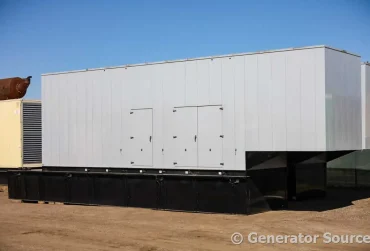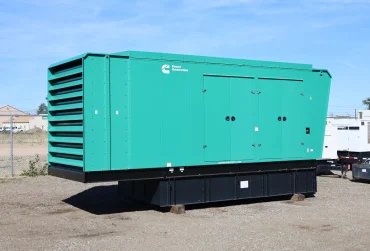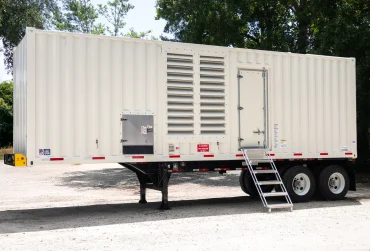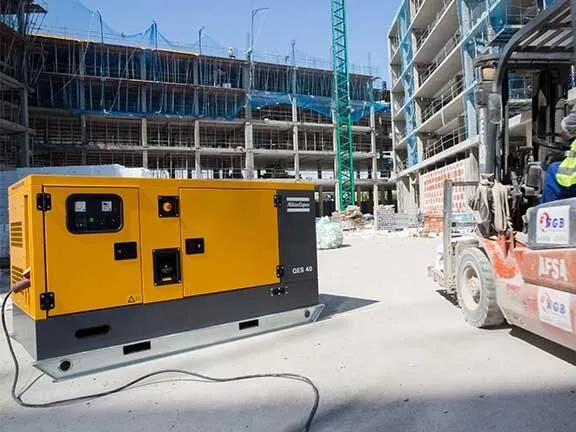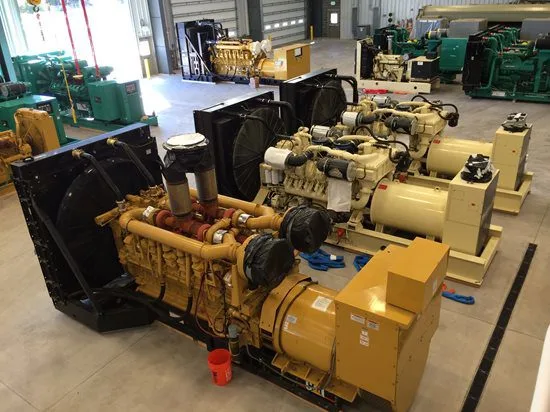New & Used Generators For Sale
Powering Industries for 50+ Years
With 50+ years of expertise, Generator Source is a trusted provider of industrial and commercial generator solutions, offering sales, service, and rentals from our headquarters in Colorado and locations across Florida and Texas. Explore our full-service capabilities in generator service and sales for leading brands to keep your operations running smoothly.
Trending New & Used Diesel Generators for Sale
Showing 1–4 of 4 results
- More Details
Three-Phase
Fuel: Diesel
Built: 2019
Volts: 277/480v
Hours: 122
Unit #: 092150
Immediate Availability
Browse 350+ new, used and surplus industrial generators available now and ready to ship.

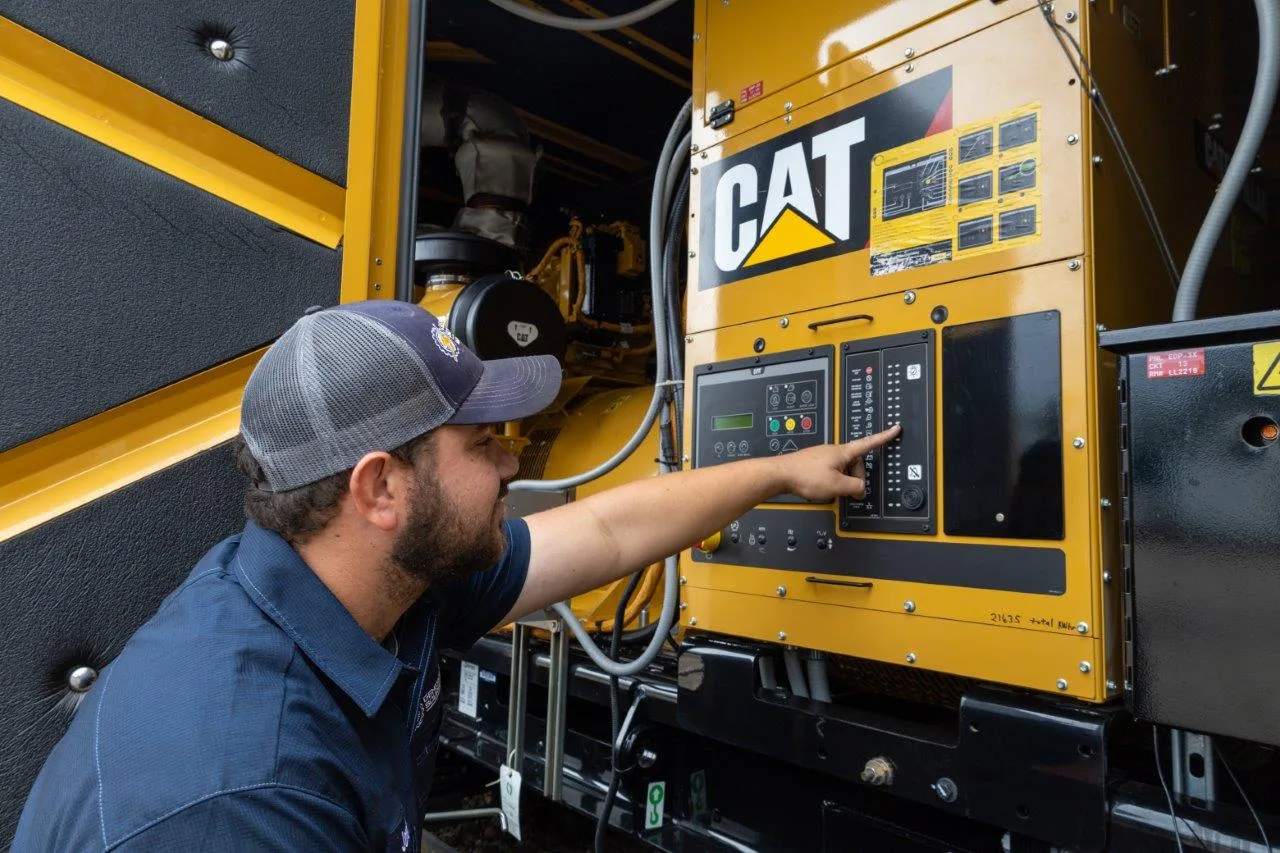
24/7 Emergency Service
From preventive maintenance to full engine rebuilds, our certified technicians have you covered. Our rental generators ensure uninterrupted power during any service or outage.
What They’re Saying
Key Industrial Sectors
Your business can’t afford downtime. We specialize in providing customized standby and prime power solutions for a diverse range of industries. Each sector has unique demands, and we have the expertise to deliver a generator system that meets your specific operational, regulatory, and financial requirements. Explore the industries we serve below:
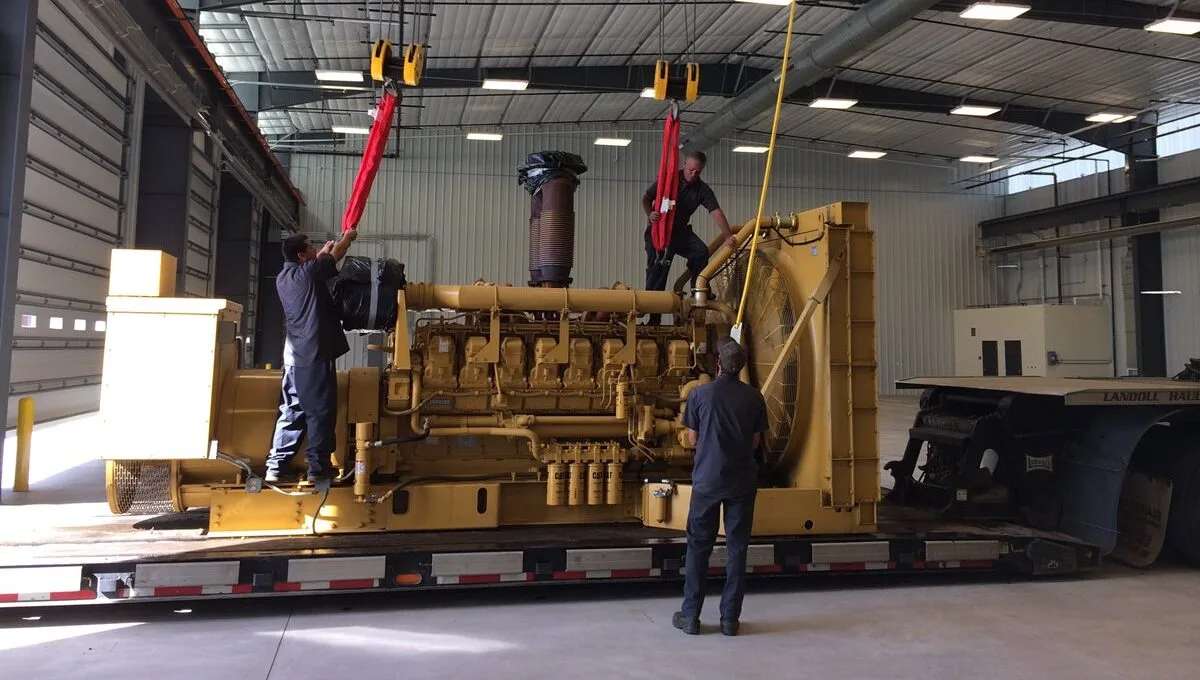
Powering irrigation, storage, and essential farm equipment.
Safeguarding critical infrastructure and public services during outages.
Maintaining temperature-controlled environments for perishable goods.
Ensuring tenant safety and compliance with backup power regulations for multi-story buildings.
Powering heavy machinery, cranes, and essential tools on job sites.
Providing critical backup power for uninterrupted data operations.
Ensuring guest experiences remain unaffected during outages.

Hospitals
Ensuring continuous power for life-saving medical equipment.
Ensuring production lines and warehouse operations stay online.
Supporting critical operations in exploration, drilling, and refining.
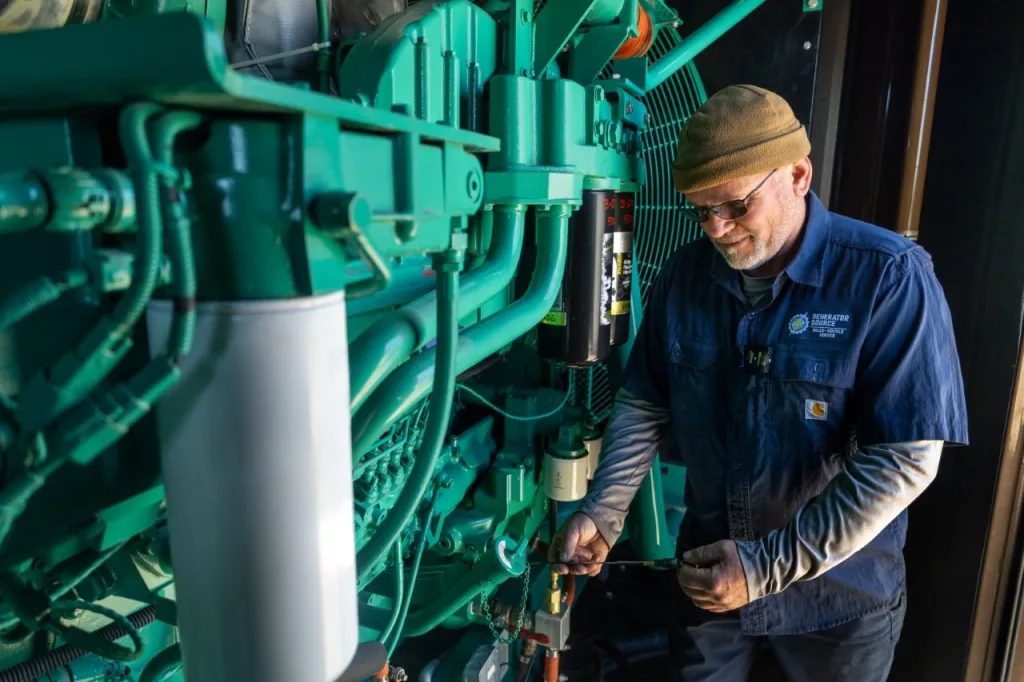
Find Your Service Area
Still have questions or looking for more information?
Generator Source specializes in low-hour, used, new, and surplus generator sets. We have a wide variety of generator sizes and models to fit any project. We are not a broker, we own what we sell.
Call us today (877-866-6895) or click Contact Us to be connected with one of our experienced sales reps.
We have 350+ generators in stock and ready to ship!

